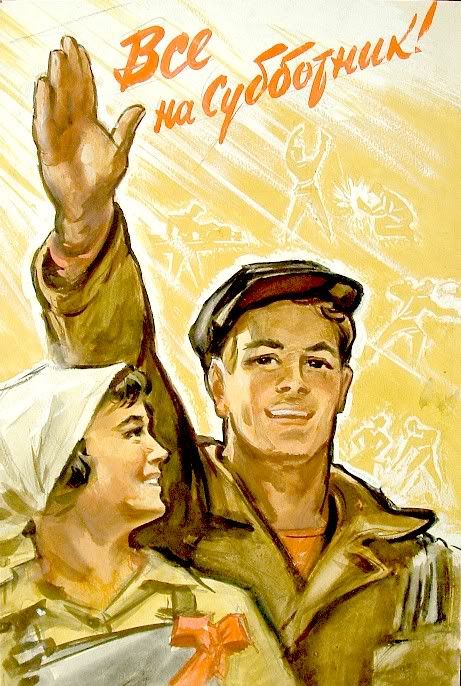This quote from the Serenity sculptor speaks not only of his own creative process, but also lends itself to the world in which Baizerman lived. As a Russian emigrant in the early 1900s, Saul had been part of the Bolshevik Revolution, dethroning the Czar and working to instill true Communism in his home country. Only a few years later, he would leave their country for America, after serving jail time for robbing a bank to bolster Communist funds.
This life of pers onal struggle and selfless dedication lends itself to his work. After spending more time with the piece, it became more obvious that Serenity may be cradling something, whether it is just itself or perhaps some other body. This supportive and shielding aspect hearkens back to the ideals of Socialism, each man serving the rest for the greater gain. The fact that he works by hammering copper also reflects the work and struggles of the common man, as metallurgy, especially with elements such as copper, are an ancient and expansive art. The body's mutilation in Serenity, though, suggests that perhaps after all these years (Baizerman fled around 1907, the sculpture began in 1932) the artist had begun to feel let down by his former countrymen, perhaps even harmed by them.
onal struggle and selfless dedication lends itself to his work. After spending more time with the piece, it became more obvious that Serenity may be cradling something, whether it is just itself or perhaps some other body. This supportive and shielding aspect hearkens back to the ideals of Socialism, each man serving the rest for the greater gain. The fact that he works by hammering copper also reflects the work and struggles of the common man, as metallurgy, especially with elements such as copper, are an ancient and expansive art. The body's mutilation in Serenity, though, suggests that perhaps after all these years (Baizerman fled around 1907, the sculpture began in 1932) the artist had begun to feel let down by his former countrymen, perhaps even harmed by them.
This life of pers
 onal struggle and selfless dedication lends itself to his work. After spending more time with the piece, it became more obvious that Serenity may be cradling something, whether it is just itself or perhaps some other body. This supportive and shielding aspect hearkens back to the ideals of Socialism, each man serving the rest for the greater gain. The fact that he works by hammering copper also reflects the work and struggles of the common man, as metallurgy, especially with elements such as copper, are an ancient and expansive art. The body's mutilation in Serenity, though, suggests that perhaps after all these years (Baizerman fled around 1907, the sculpture began in 1932) the artist had begun to feel let down by his former countrymen, perhaps even harmed by them.
onal struggle and selfless dedication lends itself to his work. After spending more time with the piece, it became more obvious that Serenity may be cradling something, whether it is just itself or perhaps some other body. This supportive and shielding aspect hearkens back to the ideals of Socialism, each man serving the rest for the greater gain. The fact that he works by hammering copper also reflects the work and struggles of the common man, as metallurgy, especially with elements such as copper, are an ancient and expansive art. The body's mutilation in Serenity, though, suggests that perhaps after all these years (Baizerman fled around 1907, the sculpture began in 1932) the artist had begun to feel let down by his former countrymen, perhaps even harmed by them.On a larger world scale, it was at this time that several large movements began. Hitler was taking power in Germany, famine swept the USSR, and Roosevelt was enacting the second phase of his New Deal to the American people. By the time the sculpture would be complete, World War 2 would be just on the horizon, with Germany and the USSR joining into their Non-Aggression Pact.
This greater turmoil lends itself to ideas held earlier. Serenity holds itself in a way that evokes some sense of fear about the viewer, but also seems to have a calming undertone, as we notice the protective pose. Each of these nations acted much in the same way, at once protecting their own, while often acting out of fear of other outside powers. America was struggling to escape depression, the USSR wanted stability and did not want to fear the growing German forces, whilst Hitler's Third Reich threw its weight around, hiding the fears that Germany may never regain power and status without this warlord.
No comments:
Post a Comment